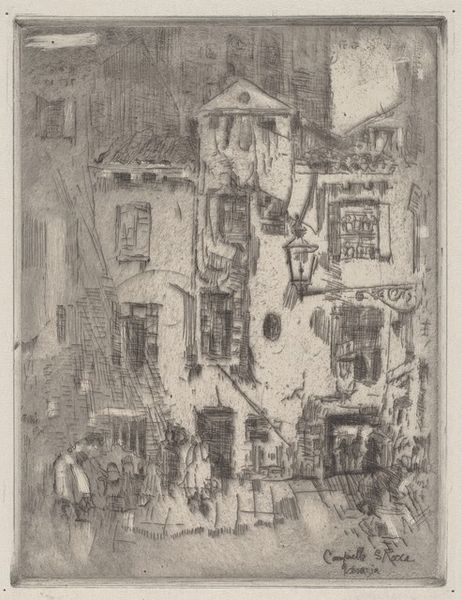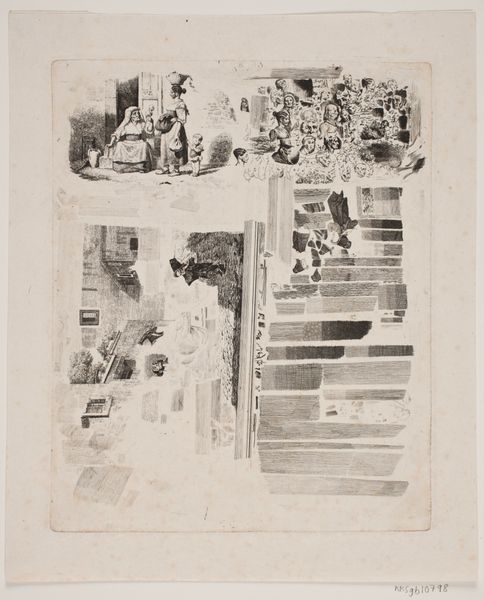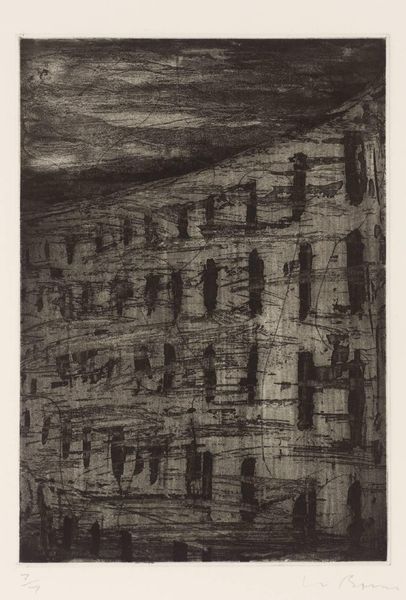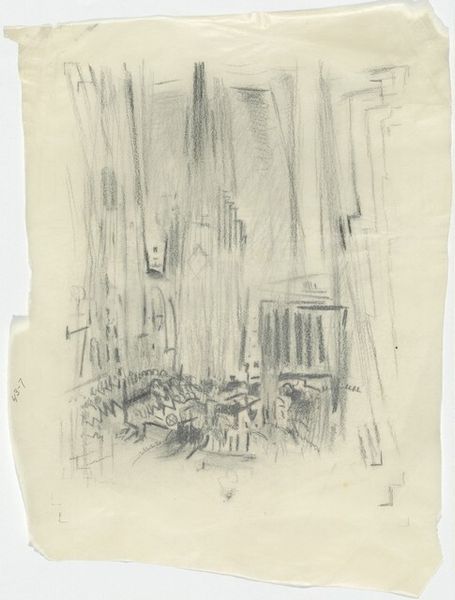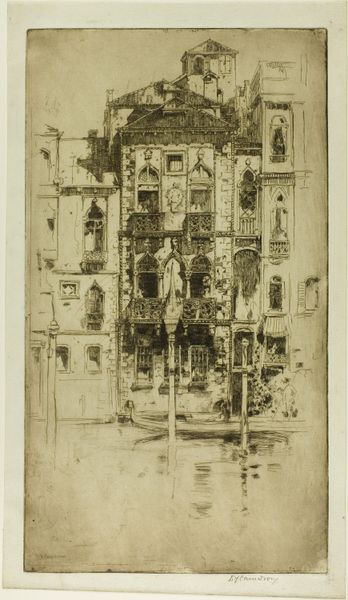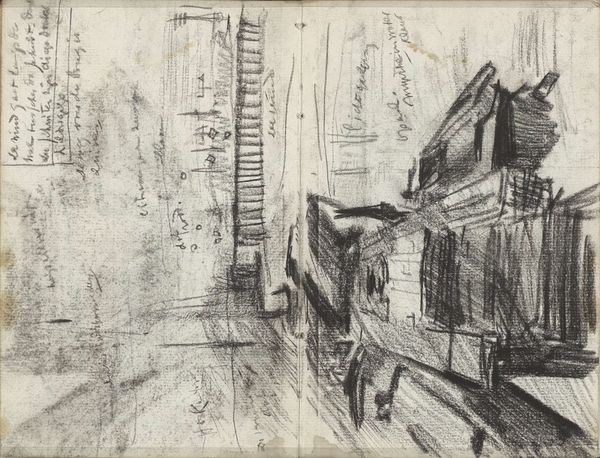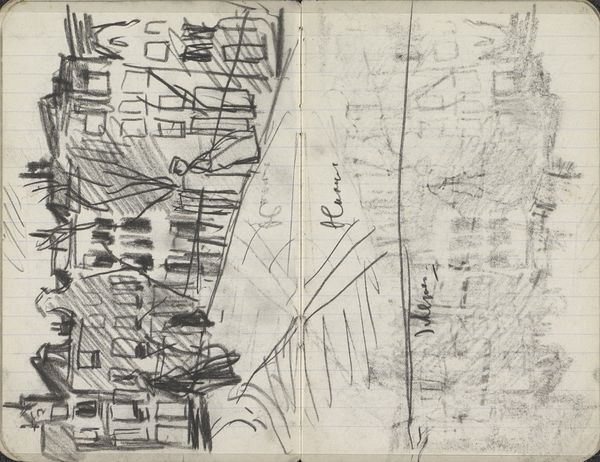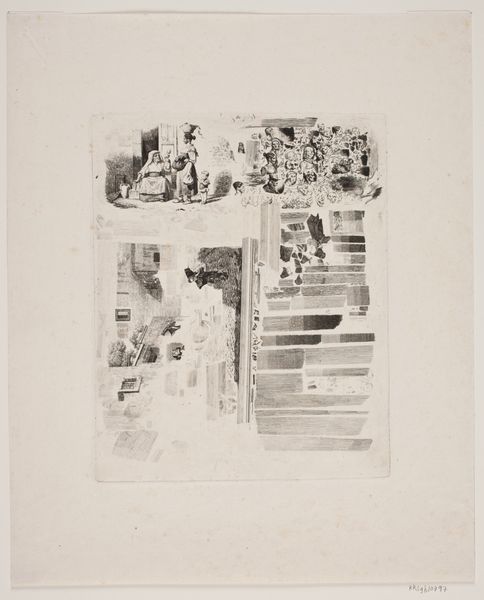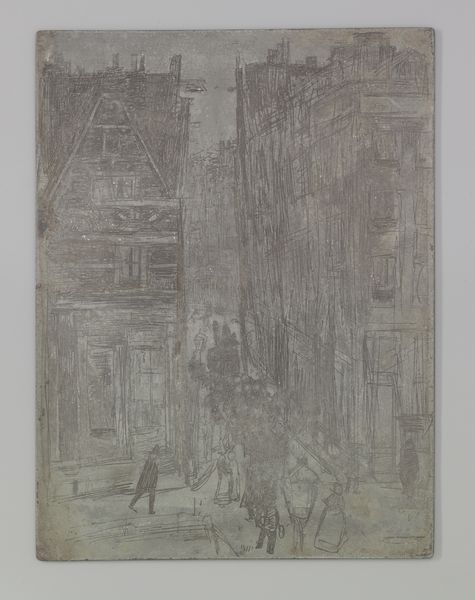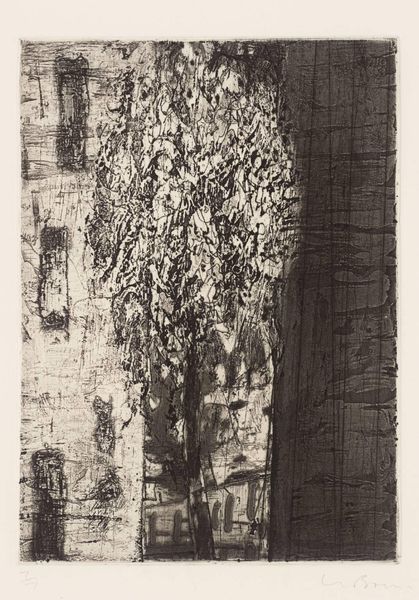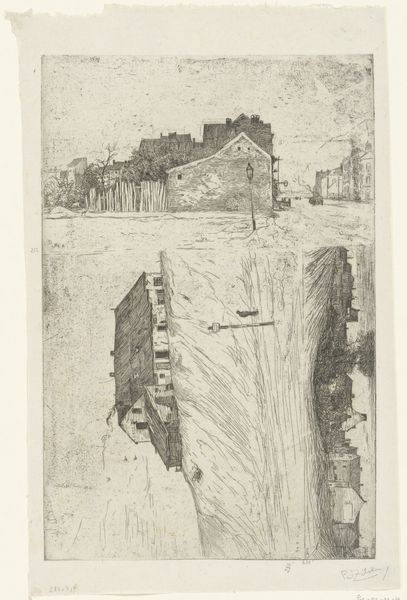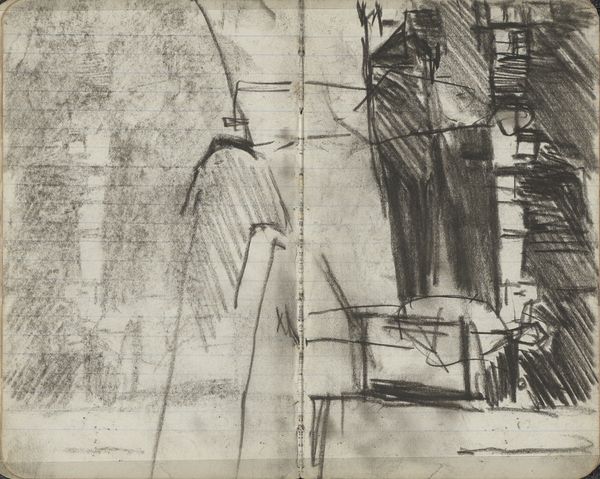
etching
#
impressionism
#
etching
#
landscape
#
cityscape
Dimensions: height 232 mm, width 175 mm
Copyright: Rijks Museum: Open Domain
Curator: I'm struck by the muted tones, almost monochromatic. The buildings seem to rise out of the water itself. Editor: Indeed. This etching, "Huizen in Amsterdam," or "Houses in Amsterdam," was created by James Abbott McNeill Whistler around 1889. It’s currently housed here at the Rijksmuseum. It is an evocative example of the artist’s experimentation with impressionistic landscape techniques. Curator: Etchings really democratized art production in a way. Relatively cheap, easy to produce multiples. Made images of this sort more available than a painting, surely. I wonder who would have bought this in its time. Was this for the merchant class wanting mementos of Amsterdam? Editor: That's a fascinating question. Certainly, the rise of tourism and print culture played a significant role. Whistler likely capitalized on the burgeoning market for city views, targeting bourgeois clientele interested in aesthetically pleasing and relatively affordable artwork. The commercial gallery system helped with artists of his generation get this into people's homes. It served as not only decor but talking pieces about their travels. Curator: The crosshatching in the water…almost looks like a textile in itself, doesn't it? Like rough woven threads making up this fluid plane. There is something very tactile about Whistler’s impressionistic gestures. Look at the windowsills...almost crumbling before your eyes. This is anything but a static record, it suggests the ephemerality of urban structures and lives. Editor: And yet, buildings such as this are also records—visual documents reflecting Amsterdam's growth and societal transformations. Amsterdam's unique trading status afforded many material riches not necessarily reflected in Whistler’s grim etching here. Consider the political and economic dimensions too. Did his choices romanticize, or critique this bustling trade hub of its day? Was it about what he chose to depict versus what he excluded? Curator: Well, seeing it now I appreciate how Whistler highlighted the work of creation that made the finished product available to those willing to pay for the art. Editor: Agreed. And for me, this piece reminds us how profoundly art objects participate in and represent a specific cultural context, simultaneously capturing and shaping the narrative.
Comments
No comments
Be the first to comment and join the conversation on the ultimate creative platform.

